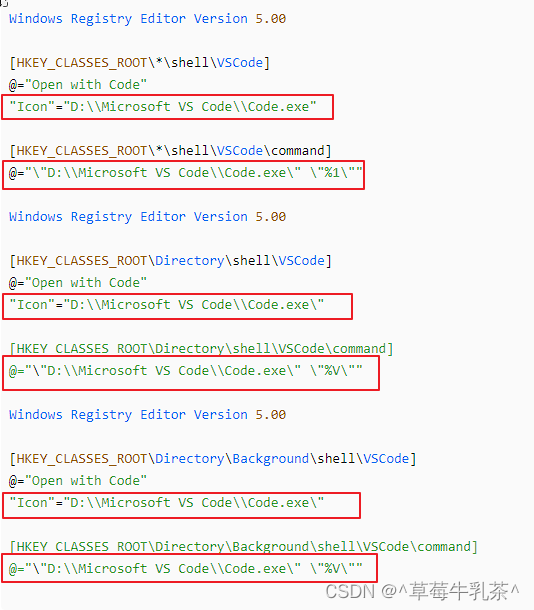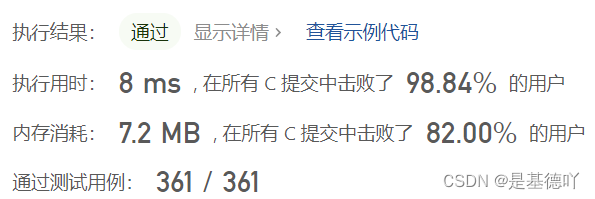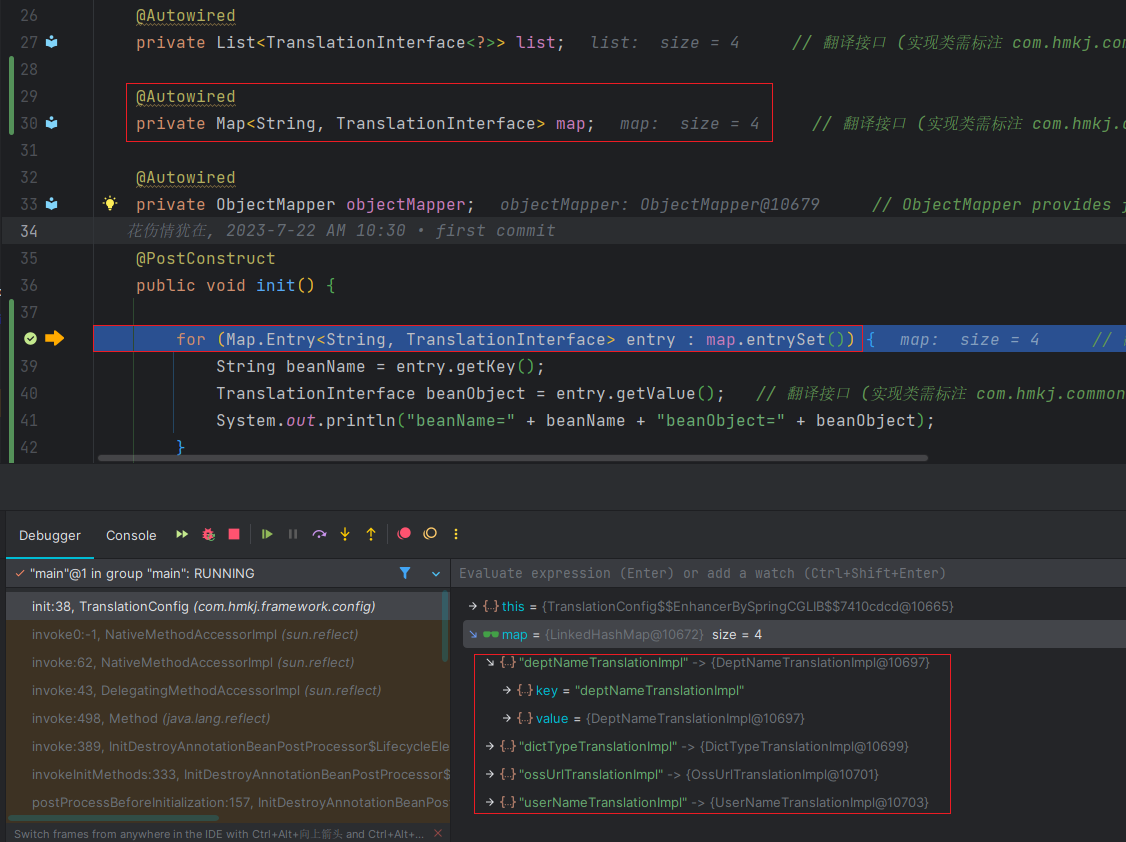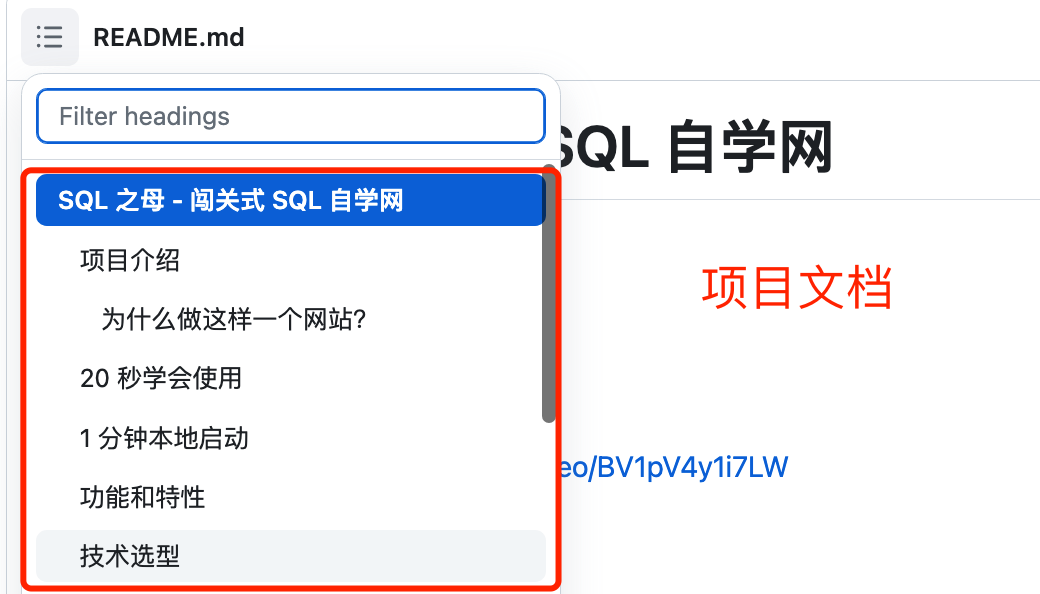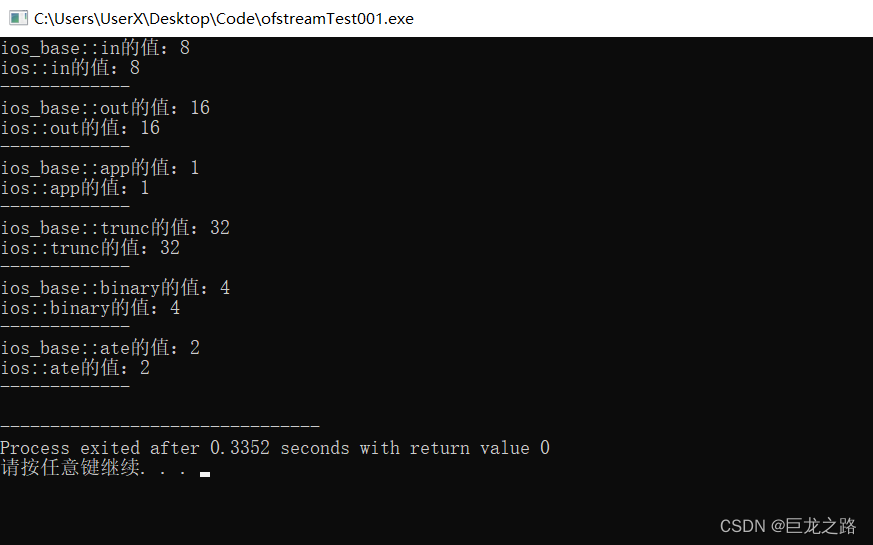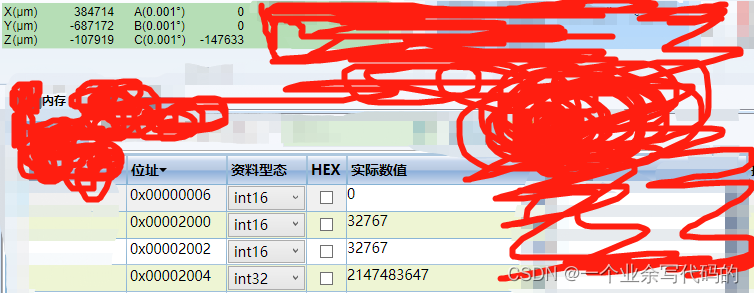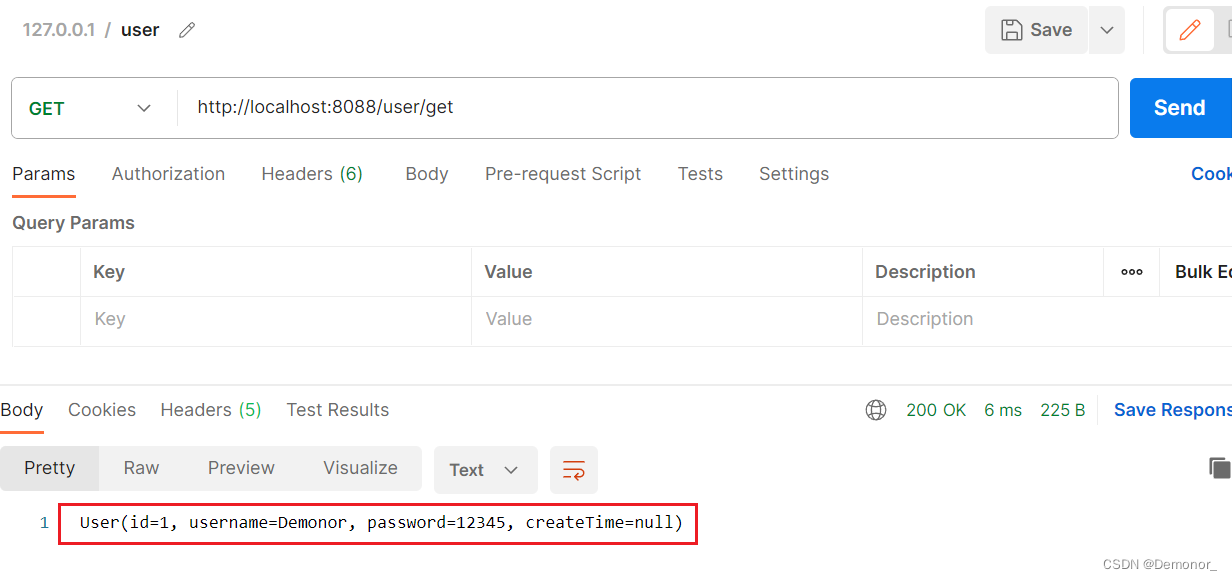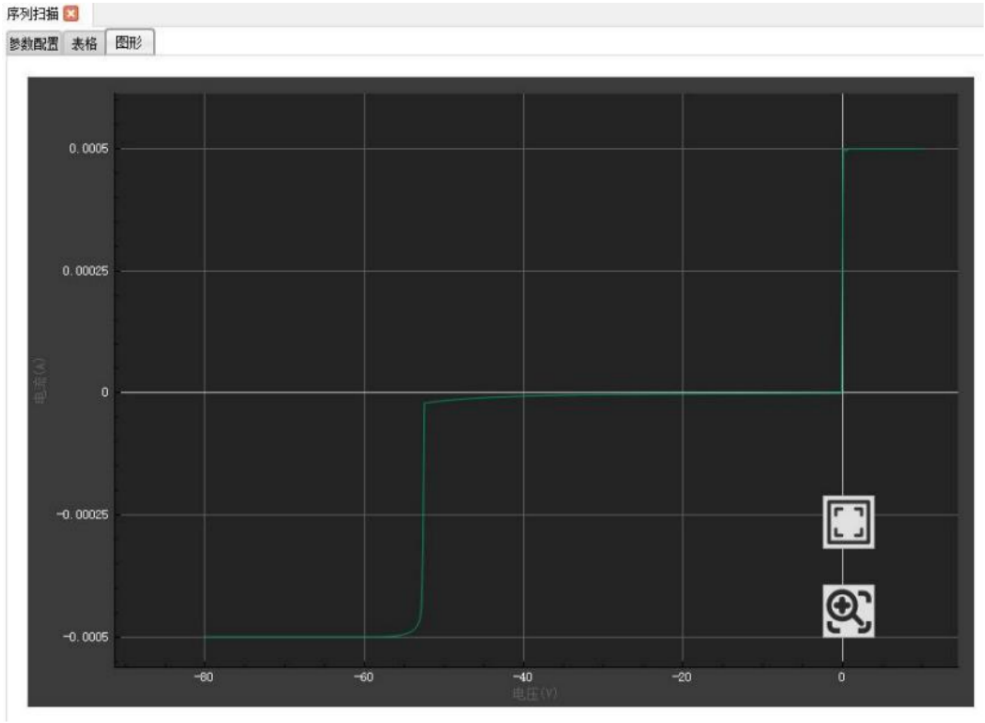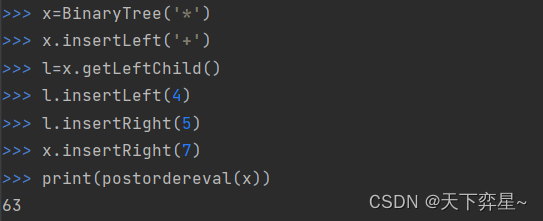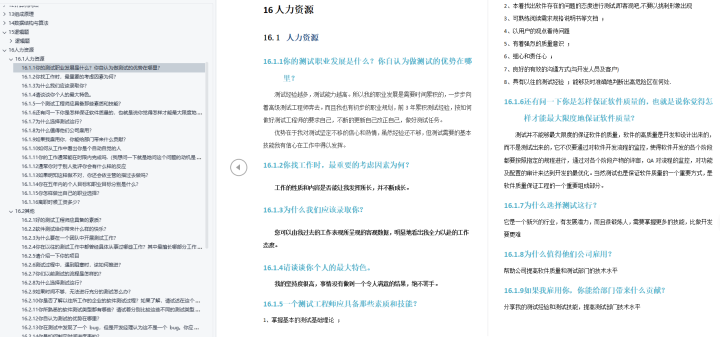Android SystemServer创建和启动方式(基于Android13)
SystemServer 简介
Android System Server是Android框架的核心组件,运行在system_server进程中,拥有system权限。它在Android系统中扮演重要角色,提供服务管理和通信。
system 548 415 1 06:23:21 ? 00:11:21 system_server
SystemServer在Android系统中的位置如下

SystemServer服务提供者serviceManager
SystemServer利用ServiceManager来提供服务,类似于keystore,ServiceManager是一个native service,负责SystemServer中的service管理。SystemServer通过binder和ServiceManager进行通信。
ServiceManager由servicemanager.rc启动,并且相关实现在ServiceManager提供的aidl接口中。
//frameworks/native/cmds/servicemanager/
service servicemanager /system/bin/servicemanager
class core animation
user system
group system readproc
critical
onrestart restart healthd
onrestart restart zygote
onrestart restart audioserver
onrestart restart media
onrestart restart surfaceflinger
onrestart restart inputflinger
onrestart restart drm
onrestart restart cameraserver
onrestart restart keystore
onrestart restart gatekeeperd
onrestart restart thermalservice
writepid /dev/cpuset/system-background/tasks
shutdown critical
这些接口位于frameworks/native/libs/binder/aidl/android/os/IServiceManager.aidl,主要包括addService、getService、checkService以及一些权限的检查。
//frameworks/native/libs/binder/aidl/android/os/IServiceManager.aidl
interface IServiceManager {
/*
* Must update values in IServiceManager.h
*/
/* Allows services to dump sections according to priorities. */
const int DUMP_FLAG_PRIORITY_CRITICAL = 1 << 0;
const int DUMP_FLAG_PRIORITY_HIGH = 1 << 1;
const int DUMP_FLAG_PRIORITY_NORMAL = 1 << 2;
/**
* Services are by default registered with a DEFAULT dump priority. DEFAULT priority has the
* same priority as NORMAL priority but the services are not called with dump priority
* arguments.
*/
const int DUMP_FLAG_PRIORITY_DEFAULT = 1 << 3;
const int DUMP_FLAG_PRIORITY_ALL = 15;
// DUMP_FLAG_PRIORITY_CRITICAL | DUMP_FLAG_PRIORITY_HIGH
// | DUMP_FLAG_PRIORITY_NORMAL | DUMP_FLAG_PRIORITY_DEFAULT;
/* Allows services to dump sections in protobuf format. */
const int DUMP_FLAG_PROTO = 1 << 4;
/**
* Retrieve an existing service called @a name from the
* service manager.
*
* This is the same as checkService (returns immediately) but
* exists for legacy purposes.
*
* Returns null if the service does not exist.
*/
@UnsupportedAppUsage
@nullable IBinder getService(@utf8InCpp String name);
/**
* Retrieve an existing service called @a name from the service
* manager. Non-blocking. Returns null if the service does not
* exist.
*/
@UnsupportedAppUsage
@nullable IBinder checkService(@utf8InCpp String name);
/**
* Place a new @a service called @a name into the service
* manager.
*/
void addService(@utf8InCpp String name, IBinder service,
boolean allowIsolated, int dumpPriority);
/**
* Return a list of all currently running services.
*/
@utf8InCpp String[] listServices(int dumpPriority);
/**
* Request a callback when a service is registered.
*/
void registerForNotifications(@utf8InCpp String name, IServiceCallback callback);
/**
* Unregisters all requests for notifications for a specific callback.
*/
void unregisterForNotifications(@utf8InCpp String name, IServiceCallback callback);
/**
* Returns whether a given interface is declared on the device, even if it
* is not started yet. For instance, this could be a service declared in the VINTF
* manifest.
*/
boolean isDeclared(@utf8InCpp String name);
/**
* Request a callback when the number of clients of the service changes.
* Used by LazyServiceRegistrar to dynamically stop services that have no clients.
*/
void registerClientCallback(@utf8InCpp String name, IBinder service, IClientCallback callback);
/**
* Attempt to unregister and remove a service. Will fail if the service is still in use.
*/
void tryUnregisterService(@utf8InCpp String name, IBinder service);
}
在servicemanager启动后,它会注册一个特殊的service,服务名叫做"manager",可以通过dumpsys -l命令找到名为"manager"的服务。
//frameworks/native/cmds/servicemanager/main.cpp
sp<ServiceManager> manager = new ServiceManager(std::make_unique<Access>());
if (!manager->addService("manager", manager, false /*allowIsolated*/, IServiceManager::DUMP_FLAG_PRIORITY_DEFAULT).isOk()) {
LOG(ERROR) << "Could not self register servicemanager";
}
原生框架创建Service的几种方式
方式1 ServiceManager.addService
ServiceManager.addService是最早的一种service创建方式,函数原型为
public static void addService(String name, IBinder service) {
addService(name, service, false, IServiceManager.DUMP_FLAG_PRIORITY_DEFAULT);
}
在早期的Android版本中,ServiceManager.addService是最早的一种创建service的方式。它的函数原型为ServiceManager.addService,由于存在于早期版本,因此使用起来没有太多限制,甚至在android_app中也可以使用。
方式2 SystemServiceManager.startService
SystemServiceManager.startService有多个override方法,接口定义如下:
public void startService(@NonNull final SystemService service) {
// Register it.
mServices.add(service);
// Start it.
long time = SystemClock.elapsedRealtime();
try {
service.onStart();
} catch (RuntimeException ex) {
throw new RuntimeException("Failed to start service " + service.getClass().getName()
+ ": onStart threw an exception", ex);
}
warnIfTooLong(SystemClock.elapsedRealtime() - time, service, "onStart");
}
SystemService类位于frameworks/base/services/core/java/com/android/server/SystemService.java,最后打包到service.jar中。然而,由于SystemService添加了注解,直接依赖services.jar无法访问该类。
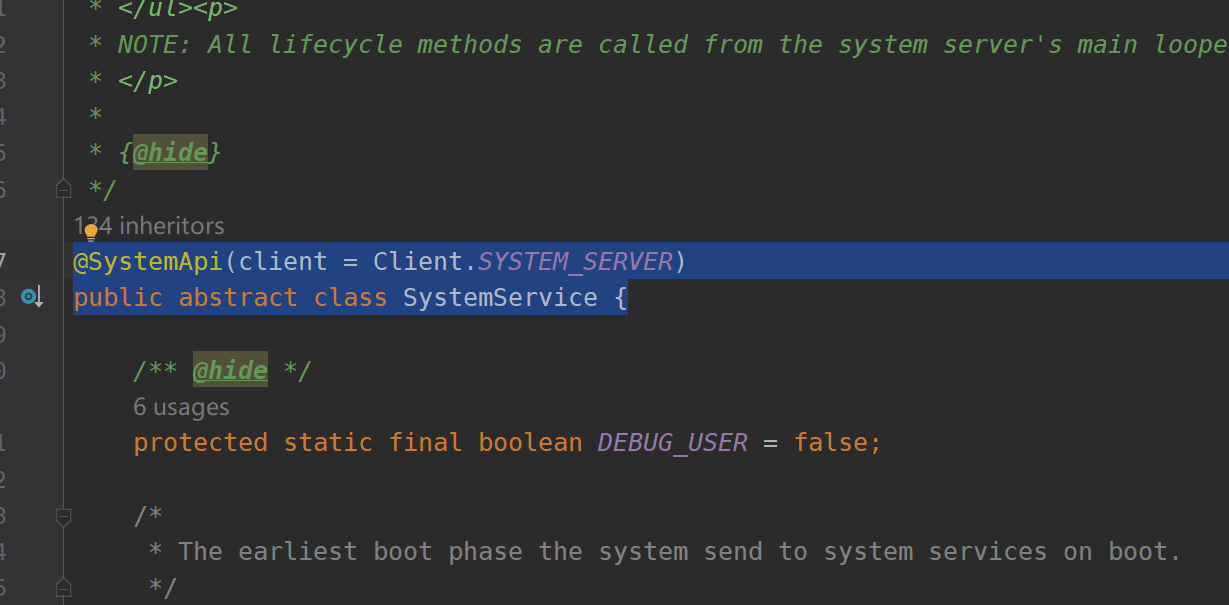
我们可以通过两种方式来使用SystemService:
- 在
frameworks/base/services内部源码中,可以直接访问SystemService。 - 在Android.bp中将模块声明为
sdk_version: "system_server_current",也可以使用SystemService。
另外,还可以通过依赖静态库services.core来访问SystemService,例如Apex service就是使用这种方式。
